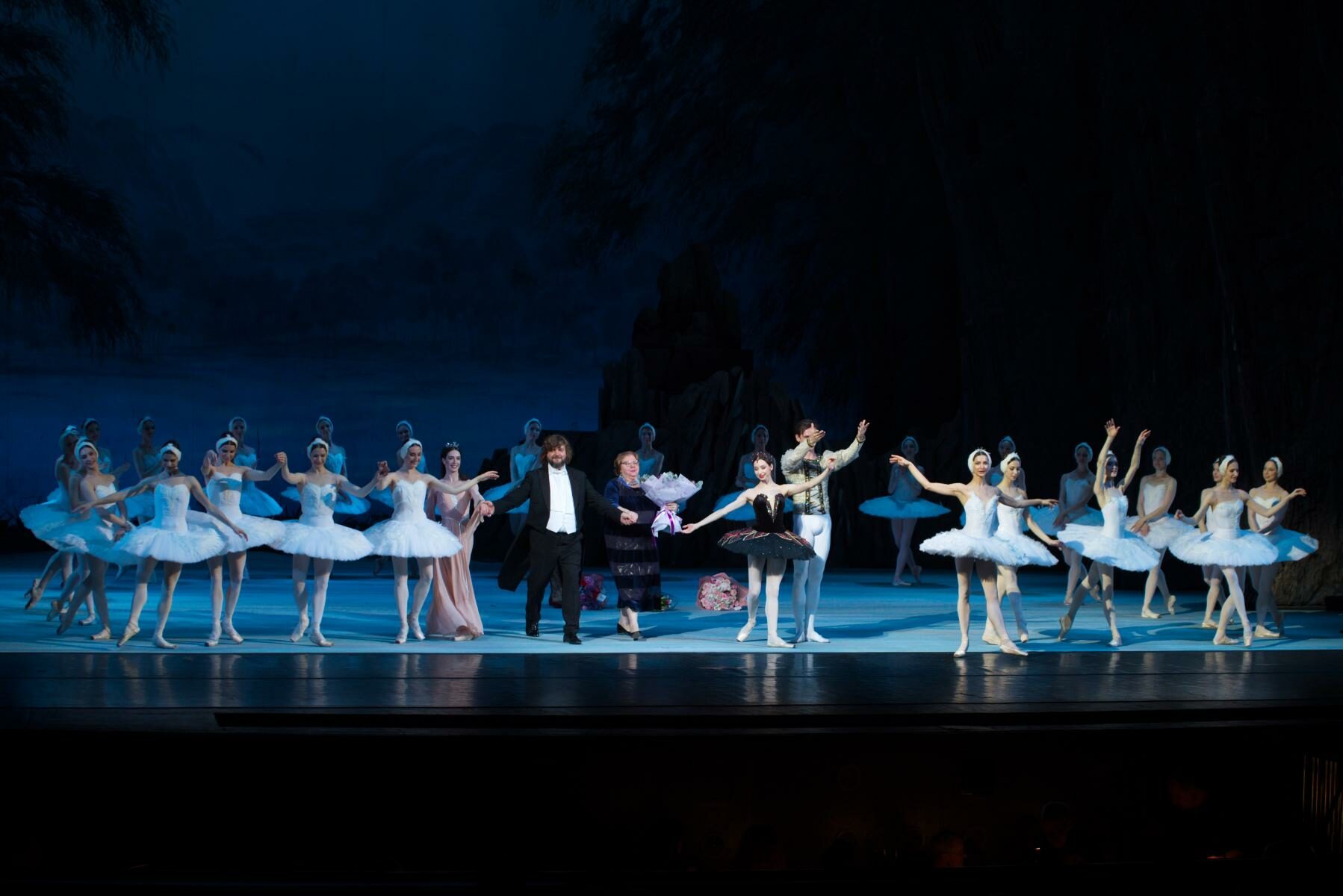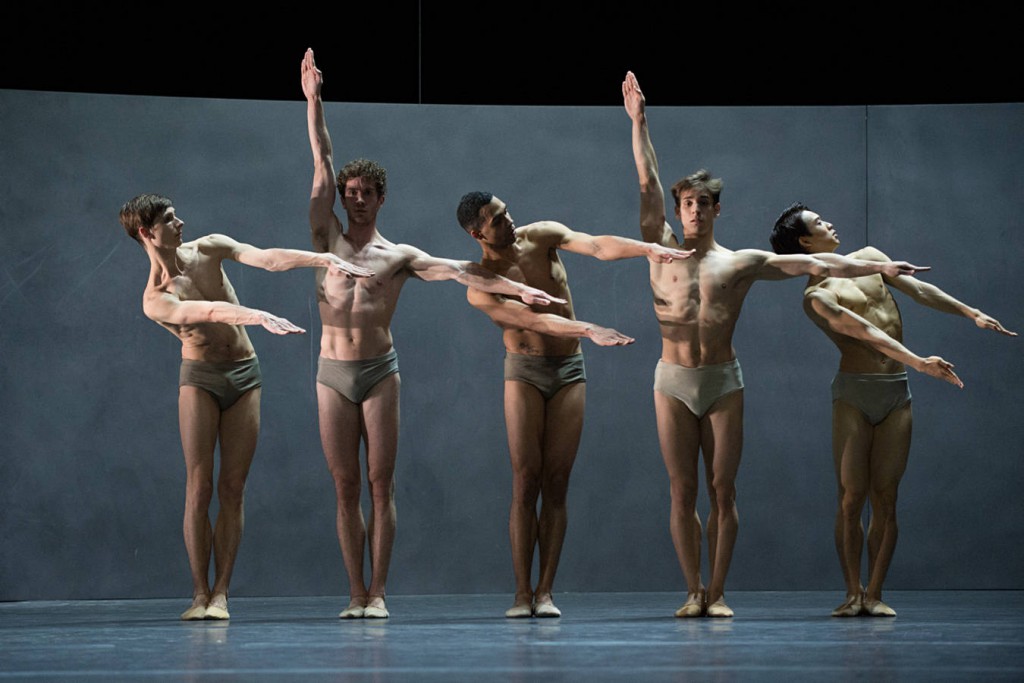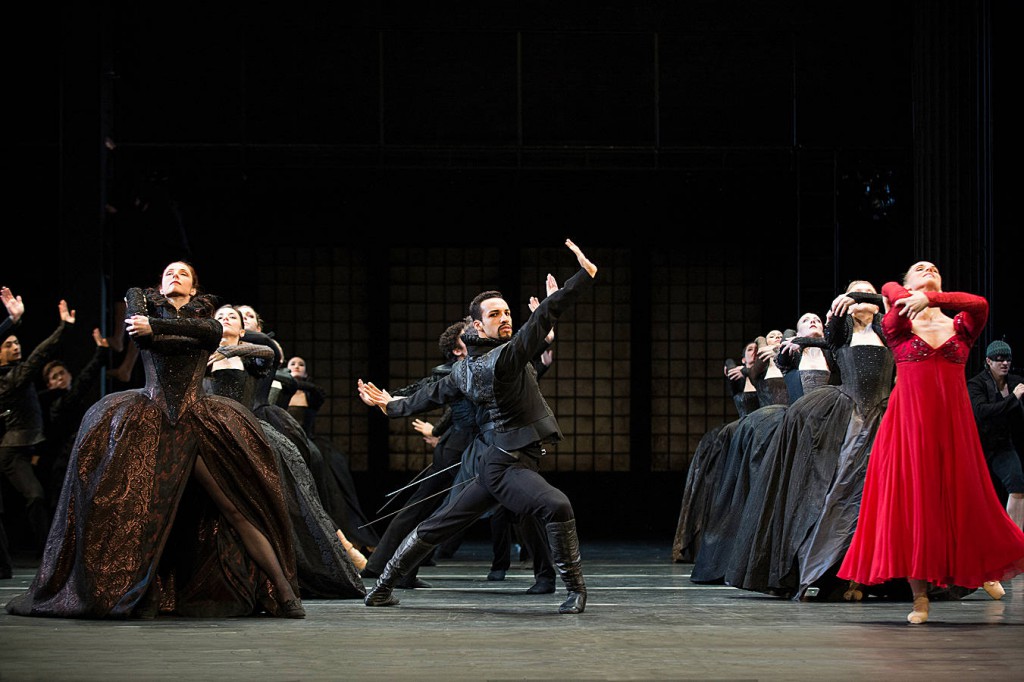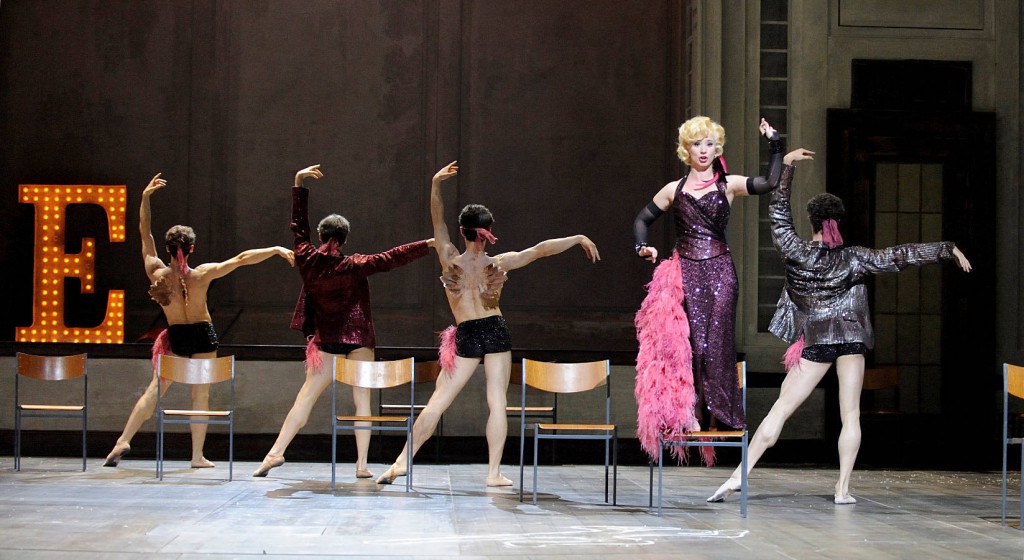“Anna Karenina”
Ballet Zurich
Opernhaus Zurich
Zurich, Switzerland
November 29, 2014
by Ilona Landgraf
Copyright © 2014 by Ilona Landgraf
 Adapting a complex novel of remarkable scale for a ballet is a courageous undertaking. Christian Spuck, Ballet Zurich’s artistic director, took up the challenge. “Anna Karenina”, his new work, premiered earlier this season. It is based on Leo Tolstoy’s eponymous novel, more than one-thousand pages of intricate family histories, written within 1873 – 1878. Spuck boiled them down into a two-hour ballet. How did he approach this task and with what success?
Adapting a complex novel of remarkable scale for a ballet is a courageous undertaking. Christian Spuck, Ballet Zurich’s artistic director, took up the challenge. “Anna Karenina”, his new work, premiered earlier this season. It is based on Leo Tolstoy’s eponymous novel, more than one-thousand pages of intricate family histories, written within 1873 – 1878. Spuck boiled them down into a two-hour ballet. How did he approach this task and with what success?
Next to the triangle between Anna Karenina (Viktorina Kapitonova), her husband Alexei Karenin (Filipe Portugal) and her lover Count Alexei Vronsky (Denis Vieira), Spuck also portrays the other protagonists’ love affairs as well as other lesser characters: Dolly’s and the unfaithful Stiva’s messed up marriage (Dolly: Galina Mihaylova, Stiva: Arman Grigoryan) as well as Kitty’s and Levin’s tentative approach to each other, their wedding and apparently happy rural life (Kitty: Katja Wünsche, Levin: Tars Vendebeek). Princess Betsy (Giulia Tonelli), a socialite with dubious morals, and her companion (Wei Chen) – a wimp whom she makes look like fool – are featured as is the rigid Countess Lidia Ivanovna (Eva Dewaele), Alexei Karenin’s later life partner. The settings include those of Moscow’s and St. Petersburg’s high society, the Karenin’s home, a farm harvest with hands at work (Levin’s environment), the famous horse race, Anna’s and Vronsky’s sojourn in Italy and, of course, some train journeys to get from A to B plus Anna’s last fatal encounter with a train. (more…)
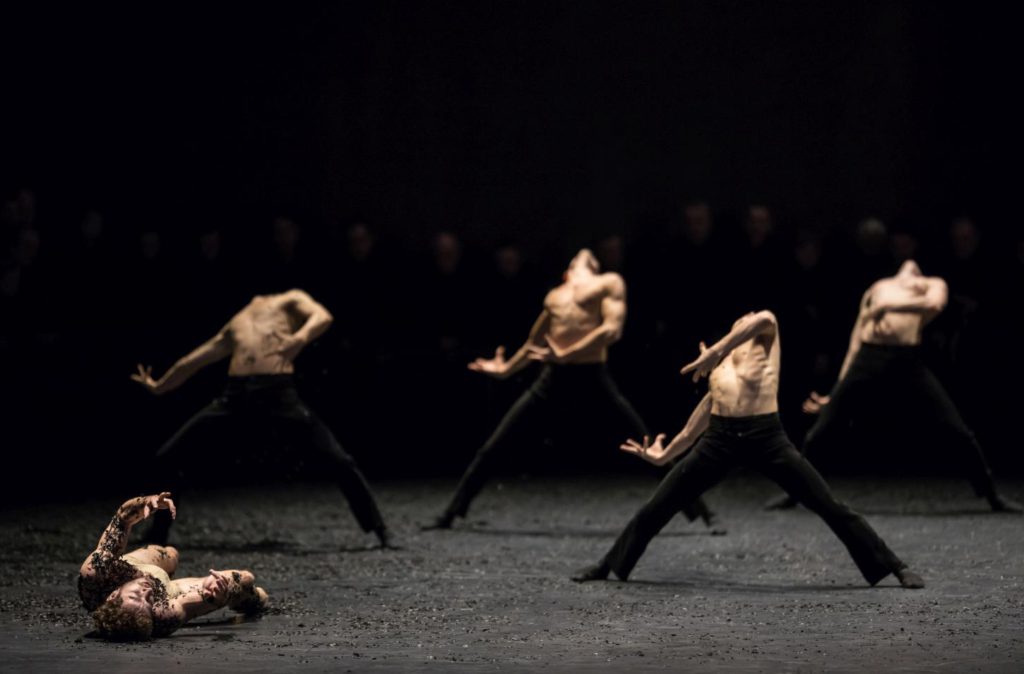 In mounting Giuseppe Verdi’s “Messa da Requiem”, the Zurich Opera House is bold but has set its sights quite high. Bold, because Christian Spuck, the ballet company’s artistic director, in charge of choreography and staging, involved the whole house, the entire ballet company, singers and the orchestra. Yet that the project would have weak points was predictable. Spuck himself declared in the program book, that this music needed no visualization. “Merging dance with singing is always prone to failure”, he moreover stated. So why did he try? (more…)
In mounting Giuseppe Verdi’s “Messa da Requiem”, the Zurich Opera House is bold but has set its sights quite high. Bold, because Christian Spuck, the ballet company’s artistic director, in charge of choreography and staging, involved the whole house, the entire ballet company, singers and the orchestra. Yet that the project would have weak points was predictable. Spuck himself declared in the program book, that this music needed no visualization. “Merging dance with singing is always prone to failure”, he moreover stated. So why did he try? (more…)